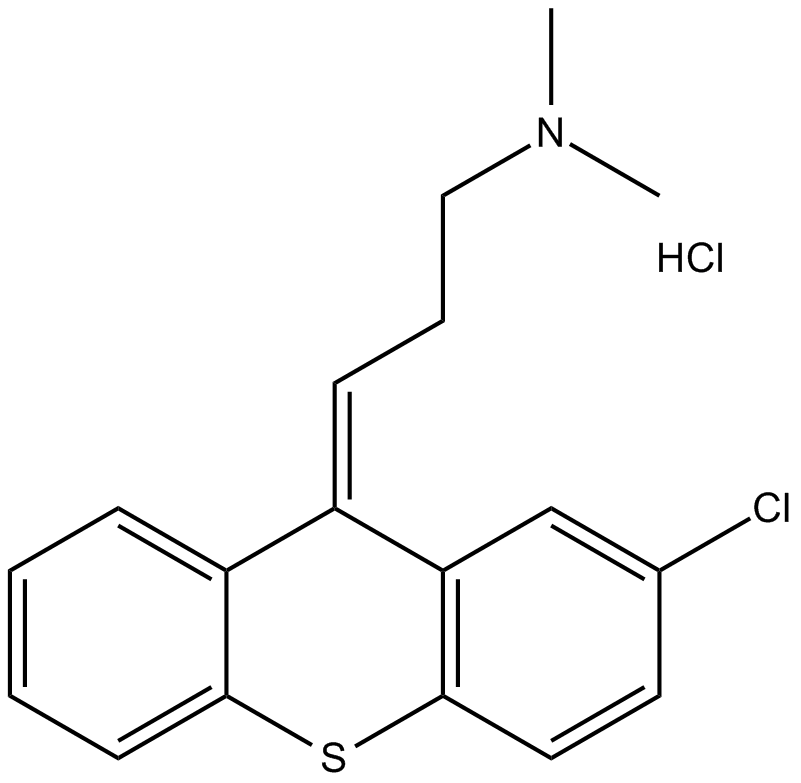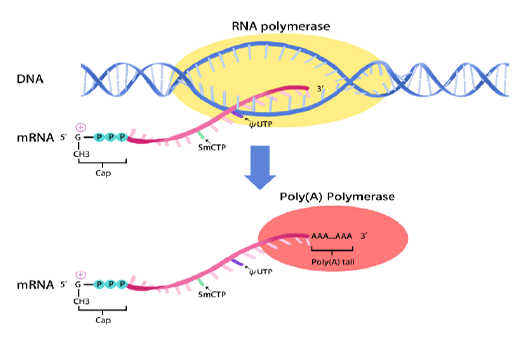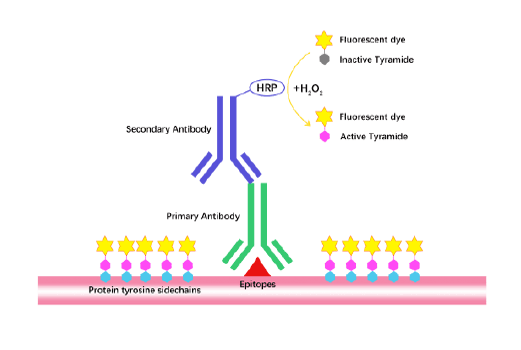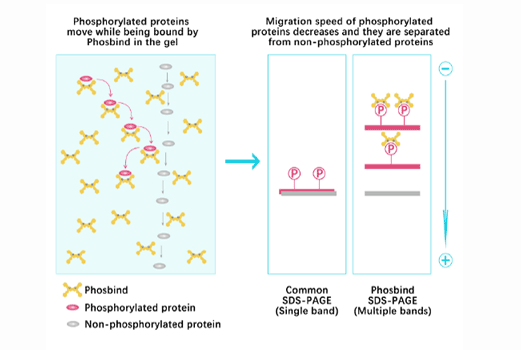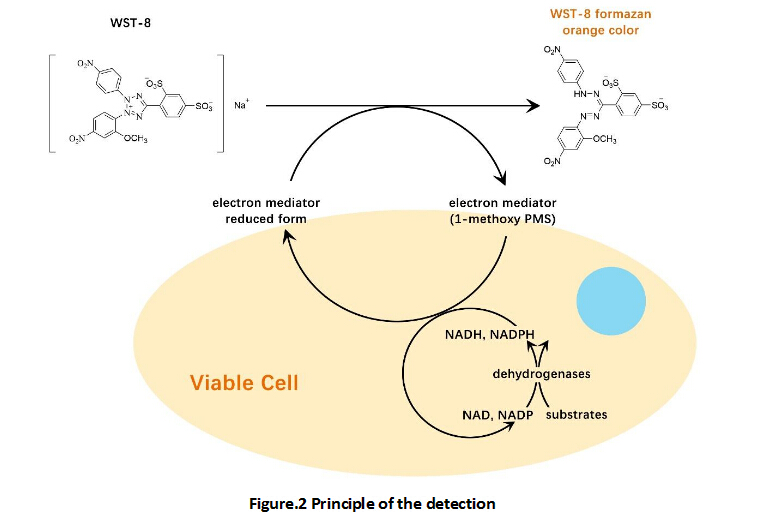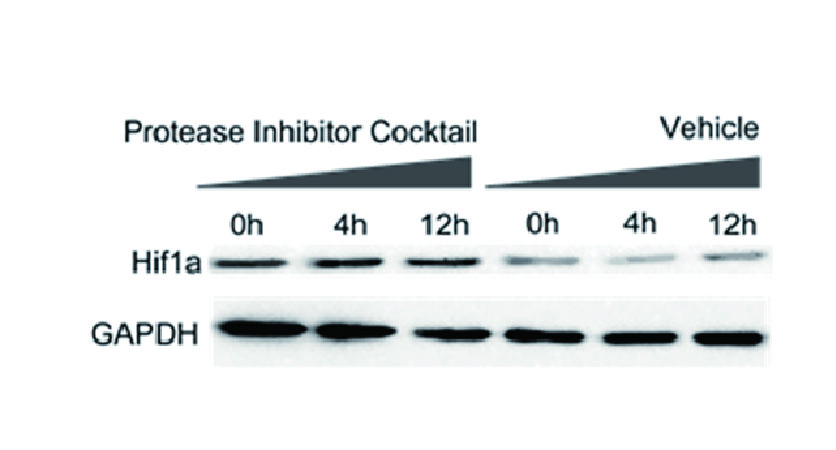Chlorprothixene (hydrochloride)
Chlorprothixene (hydrochloride) is an antagonist of dopamine receptor and histamine receptors [1]. Chlorprothixene is also an inhibitor of GABAA receptor [2]. All of these three receptors are implicated in many neurological processes, including motivation, pleasure, cognition, memory and learning.
In vitro: Chlorprothixene exihibited strong binding affinities to dopamine and histamine receptors, The Ki values of D1, D2, D3, D5 and H1 were 18nM, 2.96 nM, 4.56 nM, 9 nM and 3.75 nM, respectively. Chlorprothixene showed little affinity to H3 with the Ki value of >1000 nM[1]. In COS-7 cells transiently expressed rat 5-HT7 receptors and HEK-293 cells stably transfected with rat 5-HT6, the Ki values of chlorprothixene were 5.6 nM and 3 nM, respectively [3]. In Vero 76 cells, chlorprothixene treatment inhibited SARS-CoV replication, with IC50 of 16.7 μM for Urbani strain, 13.0 μM for Frankfurt-1, 18.5 μM for CHUK-W1 and 15.8 μM for Toronto-2 [4].
In vivo: In rat brain depressing the release of hypothalamic and hypophyseal hormones, chlorprothixene blocked postsynaptic mesolimbic dopaminergic D1 and D2 receptors [5]. Chlorprothixene treatment restored normal ceramide concentrations in murine bronchial epithelial cells, reduced inflammation in the lungs of mice with cystic fibrosis (CF) and prevented infection with Pseudomonas aeruginosa [6].
References:
[1] Von Coburg Y, Kottke T, Weizel L, et al. Potential utility of histamine H 3 receptor antagonist pharmacophore in antipsychotics[J]. Bioorganic & medicinal chemistry letters, 2009, 19(2): 538-542.
[2] Squires R F, Saederup E. Clozapine and several other antipsychotic/antidepressant drugs preferentially block the same ‘core’fraction of GABA A receptors[J]. Neurochemical research, 1998, 23(10): 1283-1290.
[3] Roth B L, Craigo S C, Choudhary M S, et al. Binding of typical and atypical antipsychotic agents to 5-hydroxytryptamine-6 and 5-hydroxytryptamine-7 receptors[J]. Journal of Pharmacology and Experimental Therapeutics, 1994, 268(3): 1403-1410.
[4] Barnard D L, Day C W, Bailey K, et al. Is the anti-psychotic, 10-(3-(dimethylamino) propyl) phenothiazine (promazine), a potential drug with which to treat SARS infections: Lack of efficacy of promazine on SARS-CoV replication in a mouse model[J]. Antiviral research, 2008, 79(2): 105-113.
[5] Gey K F, Pletscher A. Influence of chlorpromazine and chlorprothixene on the cerebral metabolism of 5-hydroxytryptamine, norepinephrine and dopamine[J]. Journal of Pharmacology and Experimental Therapeutics, 1961, 133(1): 18-24.
[6] Becker K A, Riethmuller J, Luth A, et al. Acid sphingomyelinase inhibitors normalize pulmonary ceramide and inflammation in cystic fibrosis[J]. American journal of respiratory cell and molecular biology, 2010, 42(6): 716-724.]
| Storage | Store at -20°C |
| M.Wt | 352.3 |
| Cas No. | 6469-93-8 |
| Formula | C18H18ClNS·HCl |
| Synonyms | cis-Chlorprothixene,NSC 169899 |
| Solubility | ≥16.75 mg/mL in DMSO; ≥18.23 mg/mL in EtOH with ultrasonic; ≥53.9 mg/mL in H2O |
| Chemical Name | (3Z)-3-(2-chloro-9H-thioxanthen-9-ylidene)-N,N-dimethyl-1-propanamine, monohydrochloride |
| SDF | Download SDF |
| Canonical SMILES | CN(C)CC/C=C1\c(cc(cc2)Cl)c2Sc2ccccc\12.Cl |
| Shipping Condition | Small Molecules with Blue Ice, Modified Nucleotides with Dry Ice. |
| General tips | We do not recommend long-term storage for the solution, please use it up soon. |
Quality Control & MSDS
- View current batch:
-
Purity = 98.00%
- COA (Certificate Of Analysis)
- MSDS (Material Safety Data Sheet)
- Datasheet
Chemical structure
